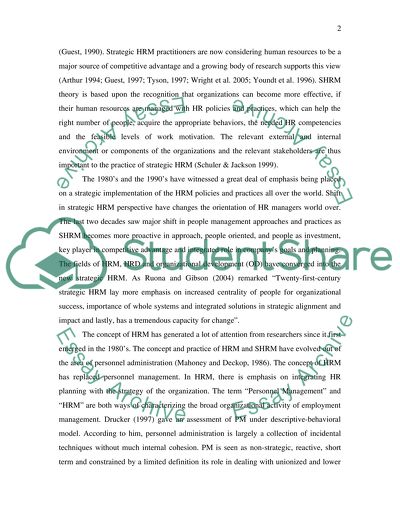Cite this document
(Strategic-Human Resources Management Literature review, n.d.)
Strategic-Human Resources Management Literature review. Retrieved from https://studentshare.org/human-resources/1507951-strategic-human-resource-management
Strategic-Human Resources Management Literature review. Retrieved from https://studentshare.org/human-resources/1507951-strategic-human-resource-management
(Strategic-Human Resources Management Literature Review)
Strategic-Human Resources Management Literature Review. https://studentshare.org/human-resources/1507951-strategic-human-resource-management.
Strategic-Human Resources Management Literature Review. https://studentshare.org/human-resources/1507951-strategic-human-resource-management.
“Strategic-Human Resources Management Literature Review”, n.d. https://studentshare.org/human-resources/1507951-strategic-human-resource-management.


